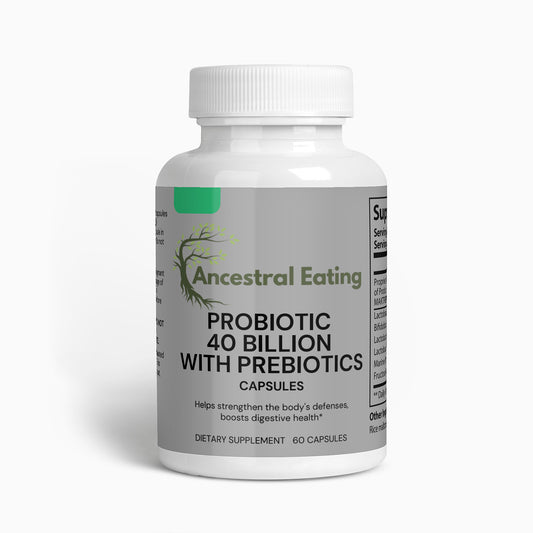The foods consumed in Ghana have been shaped by a variety of factors including geography, climate, historical trade, and cultural exchange. Here is an overview of some of the foods that have been eaten by Ghanaians over the last 500 years:
Staples:
- Yam: Consumed in various forms, including boiled, fried, or pounded into "fufu."
- Cassava: Used to make "gari" (fermented, fried cassava), "banku" (fermented corn and cassava dough), and "fufu."
- Corn: Consumed as "kenkey" (fermented corn dough wrapped in corn husks and boiled), "banku," and corn porridge.
- Rice: Consumed in various forms such as jollof rice, plain rice, and "waakye" (rice cooked with beans and sorghum leaves).
Proteins:
- Fish: Tilapia, catfish, and various types of seafood are commonly eaten, often grilled, fried, or used in soups and stews.
- Meat: Goat meat, chicken, and beef are commonly used in stews, soups, and grilled dishes.
- Legumes: Beans, groundnuts (peanuts), and lentils are also commonly consumed, often in soups and stews.
Vegetables and Fruits:
- Tomatoes, Onions, and Peppers: These are the base for many Ghanaian sauces and stews.
- Okra: Used in soups and stews.
- Garden Eggs (African Eggplants): Consumed in stews or eaten raw.
- Plantains: Eaten fried, boiled, or grilled.
- Palm fruits: Used to make palm oil, a common cooking ingredient.
Spices and Flavorings:
- Chili Peppers: "Shito" is a popular Ghanaian pepper sauce.
- Ginger and Garlic: Commonly used for marinating meats and in soups and stews.
- African Nutmeg, Cloves, and Anise: Used for flavoring soups and stews.
Traditional Dishes:
- Light Soup: A tomato-based soup commonly eaten with fufu.
- Groundnut Soup: Made with peanuts, it's a rich, creamy soup often served with fufu or rice balls.
- Palm Nut Soup: Made from the pulp of palm fruits.
- Kelewele: Spicy fried plantains.
Beverages:
- Palm Wine: A traditional alcoholic drink made from the sap of palm trees.
- Akpeteshie: A local distilled spirit.
- Millet Beer ("Pito"): A traditional fermented beverage.
Historical Influences:
- European Influence: The Portuguese introduced foods like cassava and maize in the 16th century.
- Arab Influence: Through trade routes and historical contacts, some spices and foods were incorporated.
Modern Influences:
- Globalization has brought a range of international foods to Ghana, especially in urban areas, including foods like fried rice, pasta, and fast-food items.
Over the years, the rich and varied diet of Ghana has remained somewhat consistent, particularly in its reliance on locally sourced ingredients and traditional cooking methods, even as it has incorporated influences from other cultures.






